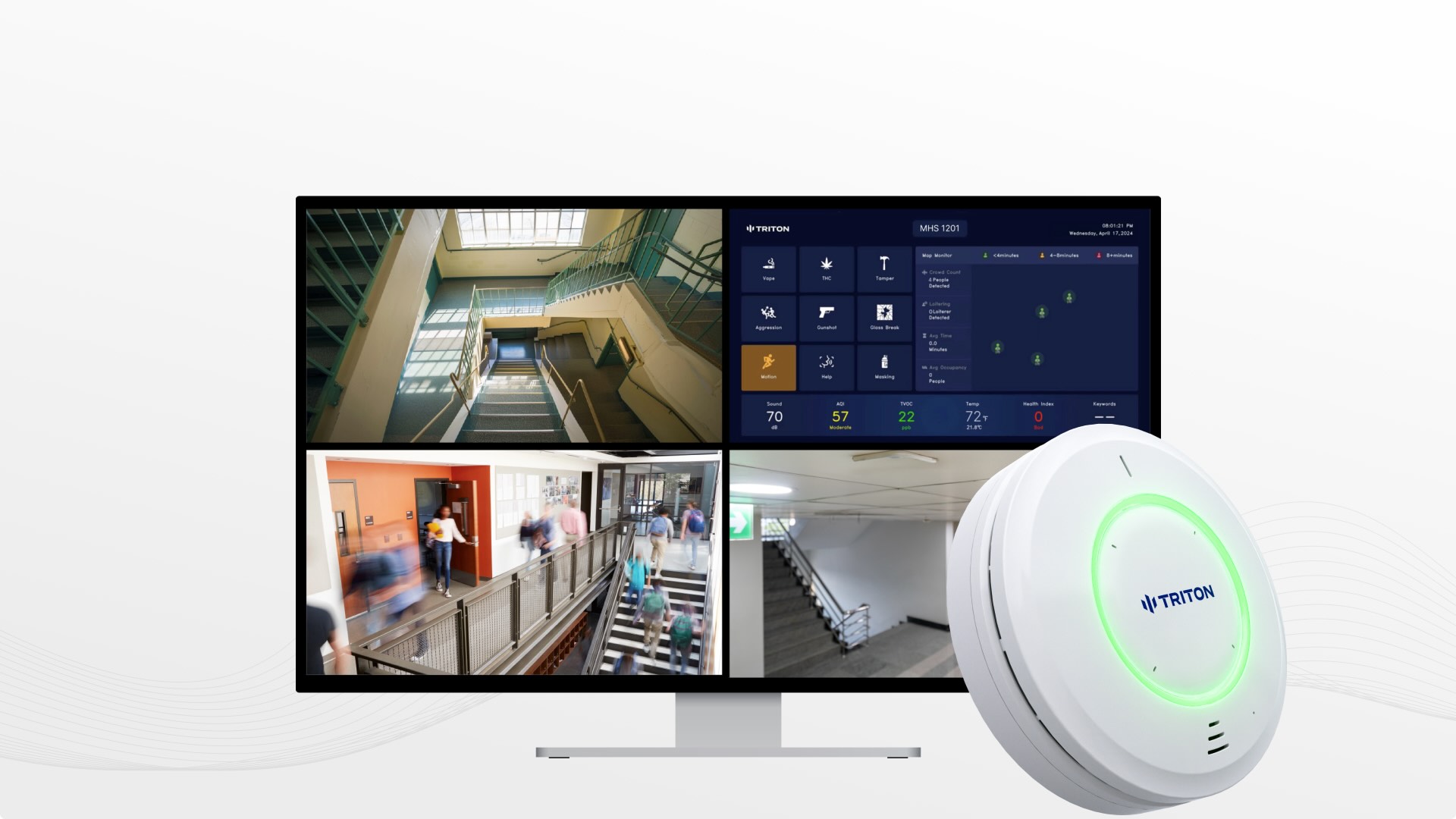Vaping is currently increasing among students, and this is a major problem for school administrators across the globe. They are looking for ways to tackle this problem. Vape detectors that are specifically designed specifically for schools are an effective method of maintaining the safety of children in a safe, healthy learning environment. These devices aren’t just for detecting vape smoke; they also aid in observing various safety issues like crowding, loitering and even aggression.

1. Vape Detectors for Schools The need is growing
Vaping is gaining popularity and schools are having a hard time in detecting the use of vaping by students. Vaping is hazardous to your health, and also disrupt the learning environment, particularly for younger students. Vape detectors are specifically designed to tackle these issues, and give real-time notifications to enable staff to act immediately. These alerts aid administrators in identifying when students are smoking in restrooms, locker rooms, or other closed areas in which traditional monitoring methods might not be practical.
The demand for vape detection devices is fueled by the desire to reduce smoking in schools, catch offenders and create a safe atmosphere for all. By implementing vape sensors in strategic locations, schools can effectively reduce vaping incidents and provide a healthier atmosphere for students.
2. How do Vape Detectors work?
Vape detectors come with advanced sensors which can detect substances in the air associated to vaping like THC or nicotine. When a vape smoke detector detects the presence of vape aerosols, it immediately sends an alert to school administrators via a connected dashboard or app. This continuous monitoring allows personnel at the school to respond swiftly to incidents and avoid future violations.
Vape sensors go beyond simple detection. For instance, devices such as the Triton ULTRA vape detectors for schools have patent-pending occupancy visualization that tracks loitering and crowding in closed areas. This is particularly useful in areas such as bathrooms, where students may be affluent and engage in other disruptive behavior. By identifying areas of high traffic or potentially dangerous locations, schools can boost security and utilize resources more efficiently.
3. Benefits of Real-Time Alerts and Monitoring
Vape detectors provide the benefit of receiving instant alerts for smoking. Schools that need to respond swiftly to any incidents and stop the spread of vaping, and also reduce the risk to health, require real-time surveillance. Alerts do not just inform employees of the presence vape smoke but can also signal prolonged use in specific areas, indicating potential inactivity.
Smoke detectors for cigarettes are a valuable tool in schools because they can detect nicotine as well as THC. In the event of identifying certain types of vaping, teachers can take the necessary actions. This could involve informing parents, conducting further investigations or enforcing the policies. This proactive approach can help deter vaping habits and also emphasizes the importance of the issue for the student population.
4. Privacy Monitoring: How To Protect Your Personal Information
When you implement any kind of surveillance system for schools, protecting the privacy of students is essential. Vape detectors can solve this issue by using sensors to monitor the quality of the air without recording audio or images. This method is privacy-friendly and ensures the rights of students are respected but still offering a viable security solution.
Triton Sensors, for example provides vape detectors for schools that are 100% private. Their patent-pending technology for occupant visualization provides vital information about loitering as well as crowding while ensuring privacy for each individual. This unique approach permits vape detectors be used in areas that are sensitive, like bathrooms or locker rooms where traditional surveillance might not be appropriate.
5. Vape Detectors and School Safety: A broader Impact
Vape sensors were originally designed to detect smoking. However, they have many other capabilities. Smoke alarms for vapes are able to detect other dangers, such as guns and violence making them an effective safety tool. Schools can make use of this technology’s multi-purpose capabilities to address various security concerns, resulting in a safer environment for students and staff.
Schools can also gain insights by using vape detectors to monitor air pollution and potential dangers to safety. This data-driven method allows for the analysis and improvement of the policy areas.
Conclusion
Vape detectors in schools are an important weapon in the fight against vaping. The technology behind these sensors permits real-time monitoring of the situation, immediate incident alerts, and a privacy-compliant visualization of occupancy. Smoke detectors for vape are a excellent way to increase safety in schools, discourage negative behavior and help create the environment for children to be healthier. The problem of vaping can be controlled by investing in technology to detect vapes. This also allows schools to take a proactive responsibility as a guardian of their students’ wellbeing.
